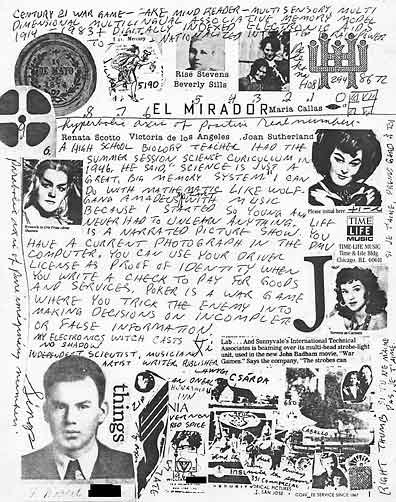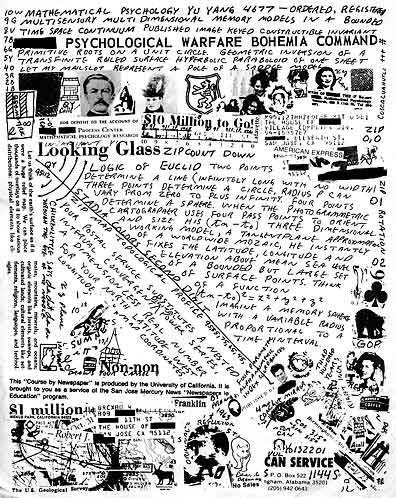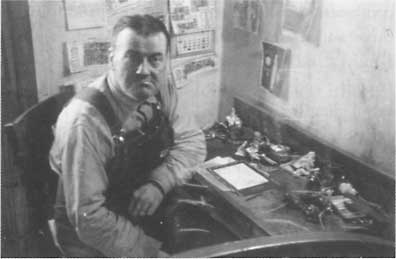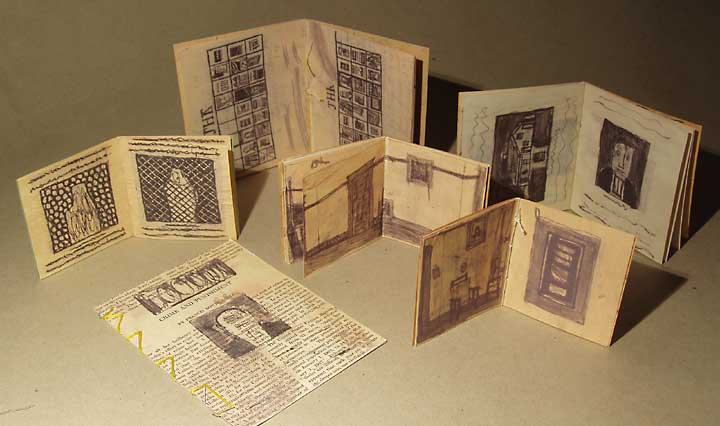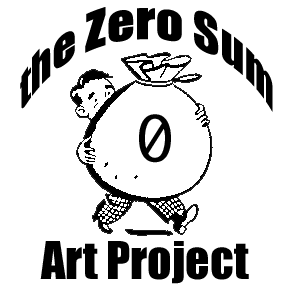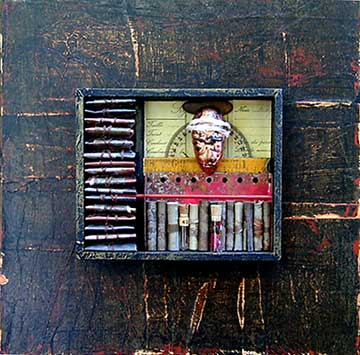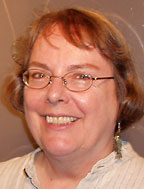Starry Night
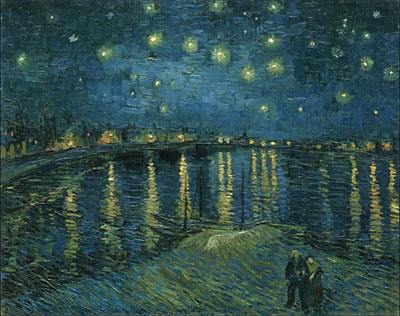
"The Starry Night over the Rhone" 1888, Vincent Van Gogh, 28.5 x 36.25. From a show of nocturnal Van Gogh paintings at the New York Museum of Modern Art.
"The sight of the stars always makes me dream. Why should the spots of light in the firmament be less accessible to us than the black spots on the map of France? Just as we take the train to go to Tarascon, we take death to go to a star." Vincent Van Gogh. The year after writing this, at age 37, he committed suicide.
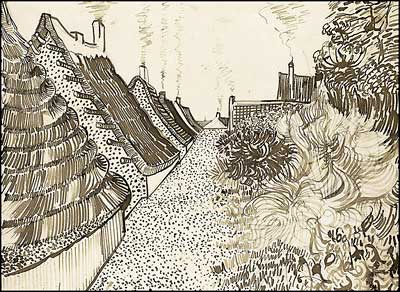
"Street in Saintes-Maries-de-la-Mer," 1888, Vincent Van Gogh, from an earlier MoMA show.
For years I didn't like Van Gogh's paintings, except for his ultra-famous "The Starry Night." With sunflower images on coffee mugs and shower curtains, it all seemed trivial to me. I couldn't see the content. Recently, I read a book on drawing, with a great chapter on mark-making. A Van Gogh drawing was one of the examples. Suddenly, I came to see a raw energy that speaks so clearly to me. Then I realized it's all there in the paintings. Isn't it delightful to make these discoveries?
When I look at someone's art, I assume it expresses their personality. Would I want to invite that person for dinner? Do I admire their technique, but have no desire to spend more time with them? Or am I too put off to hang around and get to know them?
Looking at Van Gogh's paintings and drawings, I would love to have dinner with him. I imagine him to be a very direct person, perhaps difficult because he's so outspoken, but honest and frank. Maybe he doesn't have a lot of refined social skills, but that might not matter. We could talk about the stars, fairy tales and what makes art meaningful. When I can put those shower curtains out of my head, I really love his drawings and paintings.
Check out the drawing above. ("Street in Saintes-Maries-de-la-Mer," 1888) You can see the movement of his hand, you can see where he has diluted the ink, where the pen is running out, but he rushes on to finish. The scribbly lines of smoke seem to indicate a hint of a breeze. I wish I could draw like that.
Labels: Inspiring Artists
